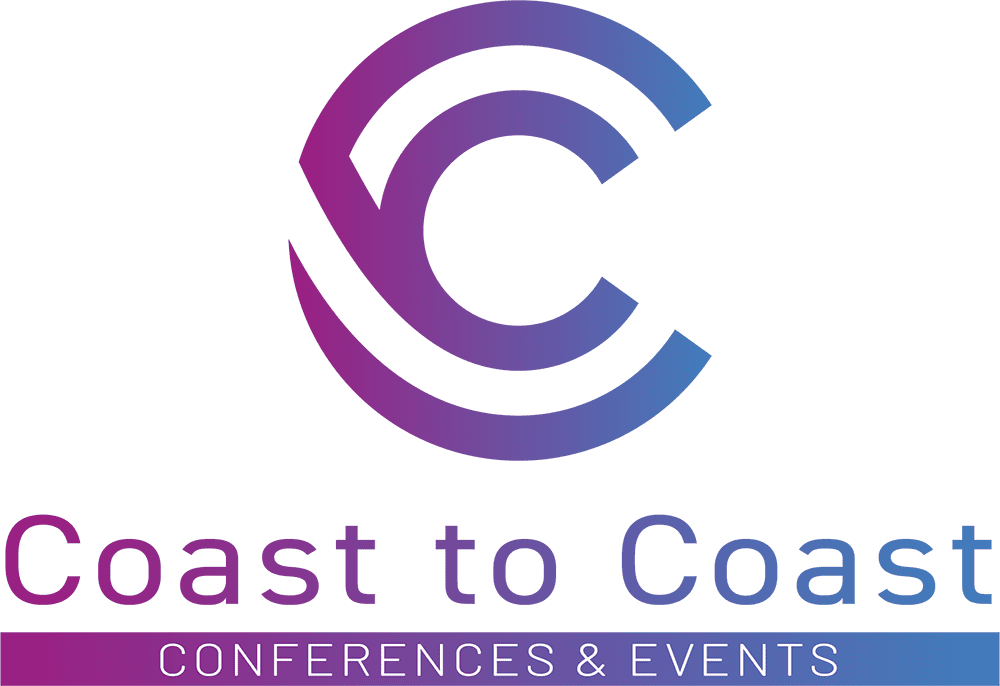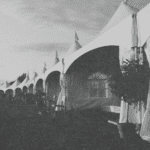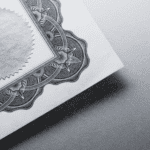Understanding Event Branding Psychology
Event branding psychology plays a crucial role in shaping attendees experiences, emotions, and decision-making. Studies have shown that 90% of initial impressions are based on color alone (USC Applied Psychology), demonstrating how branding elements significantly influence audience perception. Additionally, research reveals that 74% of consumers develop a more positive opinion about a brand after an engaging event experience (Event Marketing Institute). By strategically using colors, messaging, and sensory elements, organizations can create an immersive and memorable event that resonates with their audience.
The Psychology Behind Event Branding
1. Color Psychology in Event Branding
Colors evoke specific emotions and can influence perception. For example:
- Blue – Trust, professionalism (ideal for corporate events and conferences).
- Red – Energy, excitement (commonly used in entertainment or sports events).
- Green – Growth, sustainability (preferred for eco-conscious events and associations).
Example: The TED Conference effectively uses red to create a sense of passion and urgency, reinforcing its mission to share “ideas worth spreading.”
2. The Power of Storytelling in Branding
Humans are wired for storytelling. A strong brand narrative helps attendees connect on an emotional level.
Example: The SXSW festival positions itself as a convergence of technology, film, and music, making attendees feel like part of an innovative and creative movement.
3. Sensory Engagement: More Than Just Visuals
Event branding extends beyond logos and visuals. Incorporating music, scents, and textures enhances engagement.
Example: Lush, the cosmetics brand, uses scent-driven branding at its events to create a recognizable and immersive experience for attendees.
Key Elements of Effective Event Branding Psychology
1. Creating an Emotional Connection
A successful event brand goes beyond aesthetics—it taps into attendees’ emotions and personal values. Consider what emotions you want your attendees to feel and how your branding can evoke those feelings in a way that aligns with their values.
2. Consistency Across All Touchpoints
From pre-event marketing to post-event communication, branding should remain consistent across websites, social media, and event materials. Think about how reinforcing your brand message at every touchpoint can build trust and credibility with attendees.
Example: Apple’s product launch events maintain a sleek, minimalist brand identity that aligns with their marketing and product packaging.
3. Influencing Behavior Through Design
Smart layout design, strategic signage, and branded merchandise all contribute to an event’s psychological impact. Consider how the physical space and design elements can create an intuitive, engaging experience that aligns with attendees’ expectations.
Example: Disneyland’s use of thematic branding and immersive environments makes guests feel like they’ve stepped into a story rather than just attending an event.
How Event Branding Psychology Affects Attendee Experience
A well-branded event influences how attendees feel, interact, and remember the experience:
- Stronger Engagement – A clear brand identity makes attendees feel more connected. According to a study by Forbes, experiential marketing increases brand engagement by 74%, helping attendees feel a stronger connection to the event (Forbes).
- Higher Recall – Cohesive visuals, messaging, and sensory elements help attendees retain information. Research from Cvent highlights that 70% of marketers believe brand consistency is key to boosting recognition and trust, leading to increased event ROI (Cvent).
- Increased Loyalty – A powerful brand experience encourages attendees to return year after year. Studies from Forbes indicate that 64% of consumers say they are more likely to engage with a brand if they experience a strong emotional connection through events (Forbes).
Case Studies: Event Branding in Action
1. Coachella: The Power of Lifestyle Branding
Coachella’s bohemian aesthetic, influencer-driven marketing, and signature color palettes make it an iconic music festival brand.
2. Dreamforce: Building Community Through Branding
Salesforce’s Dreamforce conference uses strong event branding psychology to create a sense of belonging and exclusivity.
Questions to Elevate Your Event Branding
To refine your branding strategy, ask yourself:
- What emotions do I want attendees to associate with my event? Align colors with the emotions you want to evoke.
- How can my event’s story align with my audience’s values? Tell a compelling brand story that resonates with attendees.
- Are my branding elements (colors, fonts, and visuals) consistent across all touchpoints? Keep visuals, messaging, and tone uniform across all platforms.
- What sensory elements (sound, scent, lighting) can enhance attendee engagement? Use music, scents, and visuals to create a memorable experience.
- Does my messaging create a lasting impact that extends beyond the event itself?
Final Thoughts on Event Branding Psychology
Event branding psychology is more than just aesthetics—it’s about crafting an experience that lingers in attendees’ minds. When done effectively, it influences perception, strengthens brand recall, and fosters long-term loyalty.
Ready to enhance your event branding? Contact Coast to Coast Conferences & Events for expert branding solutions.






